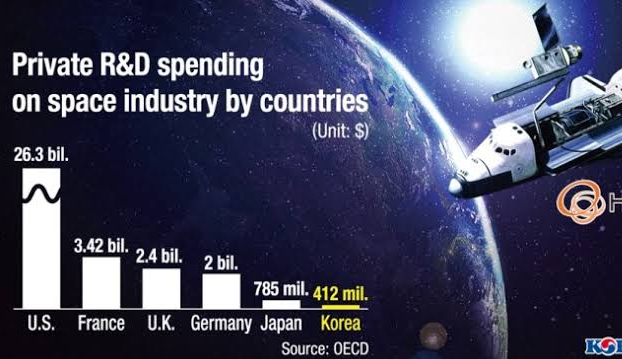Aerospace states across the United States are competing for a share of the growing space industry. The industry is expected to grow at an annual rate of 6.5% from 2022 to 2027, reaching a value of $480 billion by 2027. This growth is being driven by a number of factors, including the commercialization of space, the development of new technologies, and increased government spending on space exploration.

The states with the largest aerospace industries are California, Texas, Florida, and Washington. California is home to a number of major aerospace companies, including Boeing, Lockheed Martin, and Northrop Grumman. Texas is home to SpaceX, one of the leading private space companies. Florida is home to NASA’s Kennedy Space Center and Cape Canaveral Air Force Station. Washington is home to Boeing’s headquarters and a number of other aerospace companies.
These states are competing for a share of the space industry by offering tax breaks, subsidies, and other incentives to attract aerospace companies. They are also investing in research and development, education, and infrastructure to support the aerospace industry.
The competition for a share of the space industry is likely to intensify in the coming years. As the industry grows, more states are likely to invest in the aerospace sector. This competition will benefit the aerospace industry by driving innovation and creating jobs.
Here are some of the specific initiatives that aerospace states are taking to compete for a share of the growing space industry:
- Tax breaks and subsidies: Many aerospace states offer tax breaks and subsidies to aerospace companies. These incentives can help companies reduce their costs and make it more profitable to operate in the state.
- Research and development funding: Aerospace states are also investing in research and development to support the aerospace industry. This funding can help companies develop new technologies and products.
- Education: Aerospace states are also investing in education to train the next generation of aerospace workers. This investment can help ensure that there is a skilled workforce available to meet the needs of the growing space industry.
- Infrastructure: Aerospace states are also investing in infrastructure to support the aerospace industry. This investment can include things like building new airports and spaceports, and upgrading roads and bridges.
The competition for a share of the growing space industry is a positive development. It is likely to benefit the aerospace industry by driving innovation and creating jobs.

